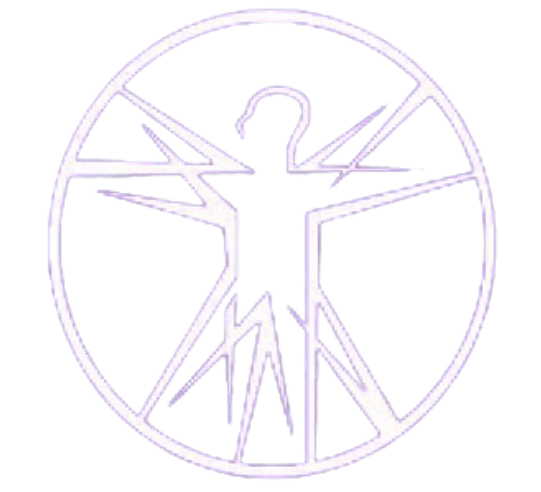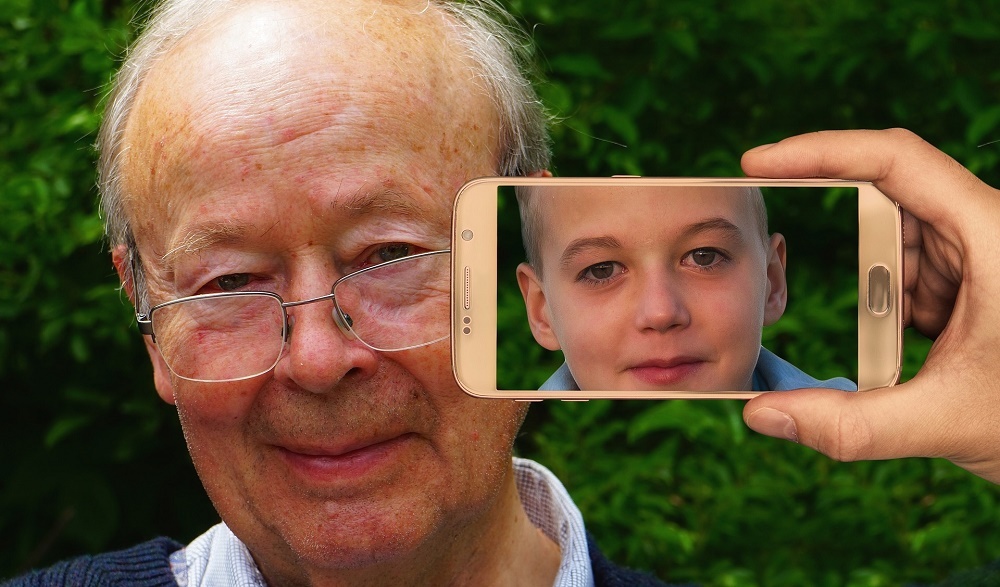“Old age” aches and pains?
Are “old age” aches and pains holding you back? Are you old? How old is old? I have no idea when you officially become old but in 1932, the American psychologist Walter Pitkin published the self-help book ‘Life Begins at Forty. Since then the number has been revised upwards and in 1991, the New York Times printed ‘Life begins at 40? More like 60’ and as life expectancy increases I am sure this figure will be revised again.
A dictionary definition states that “Old” means “having lived for a long time; no longer young” followed by the example “the old man lay propped up on cushions”
This definition sums up the general view of older adults portrayed by the media and many people working in the health services. It is also the reason positive images of people over 50 are hard to find.
As an osteopath, I see people in their 70s, ’80s, and 90’s and when they come to see me it is usually after being told to live with stiffness, aching muscles, and painful joints or keep taking the pills (there are always pills!) because nothing else can be done.
This is a shame because most muscle and joint problems will improve with the right treatment and exercise regardless of age which neatly brings me to the main point of this post.
The WHO recommends:
“ adults aged 18–64 years carry out 150–300 minutes of moderate-intensity aerobic physical activity or 75–150 minutes of vigorous-intensity aerobic physical activity.
Adults 65 or over should also include physical activity focusing on balance and strength training at moderate or greater intensity, on 3 or more days a week”
You can find out more about those health recommendations here
Why don’t we exercise more?
Many people never try to reach those WHO targets because they:
• Have no time
• Don’t know where to start or what to do
• Can’t afford to join a gym or exercise class.
• Worried about what other people will think
Why should we do more exercise?
If you are old(?) you can probably think of more reasons to add to the list but exercise becomes more important as we get older and it will improve your quality of life. You will :
• Move better
• Have less stiffness, muscle & joint pain
• Be steadier on your feet
• Boost your confidence and improve your social life!
The good news is you don’t have to train for 150 minutes a week to improve your health. Some good advice and a simple exercise program like Otago will make a significant improvement to how you feel. The improvement can be even more dramatic if you haven’t exercised for a while as joints and muscles like to be moved and a lack of movement can contribute to the amount of pain you feel.
Is Otago the answer?
Whether or not Otago is the answer depends on what you want to achieve. Otago is an exercise program developed for older adults with the aim of increasing their strength and balance to reduce the risk of falls and injury. The good news is that it works equally well for anyone that hasn’t exercised for a while and just wants to feel healthier. You can find out more about the program and benefits here
If you are allergic to exercise try thinking of it as movement medicine that will help you feel better with no side effects and the more you take the better you feel.
Walking is an excellent and underrated exercise that most of us do every day. If you can’t walk there are chair-based exercises that can be equally effective and there are other things you can do to increase your activity whether you are able-bodied or have a disability.
I hope that this post has given you an idea about the benefits of exercise and why you should do more of it whatever your age. You can always get in touch if you want some ideas about how you can move more to help reduce your aches and pains.

